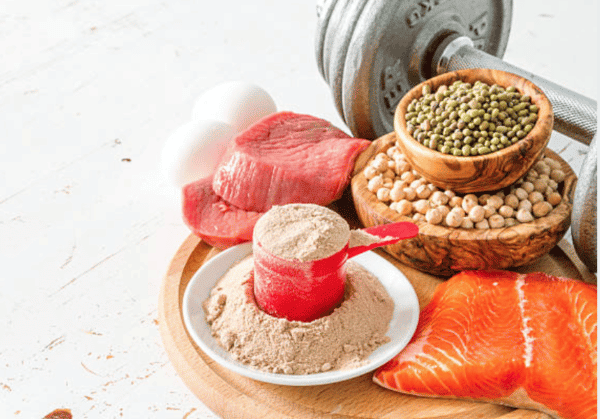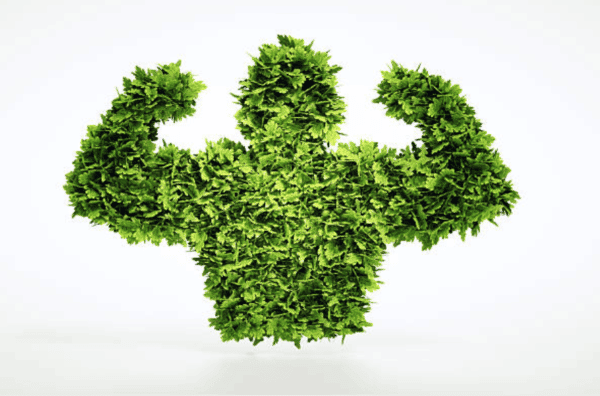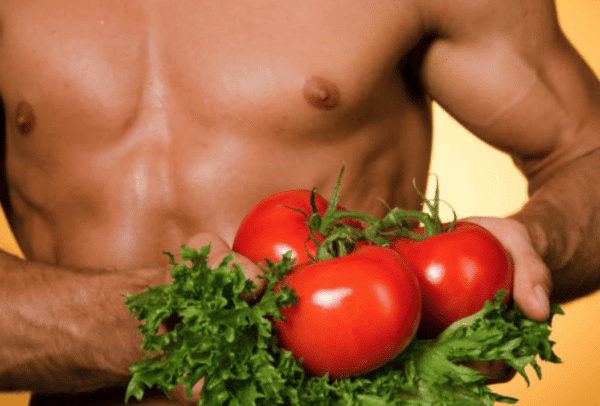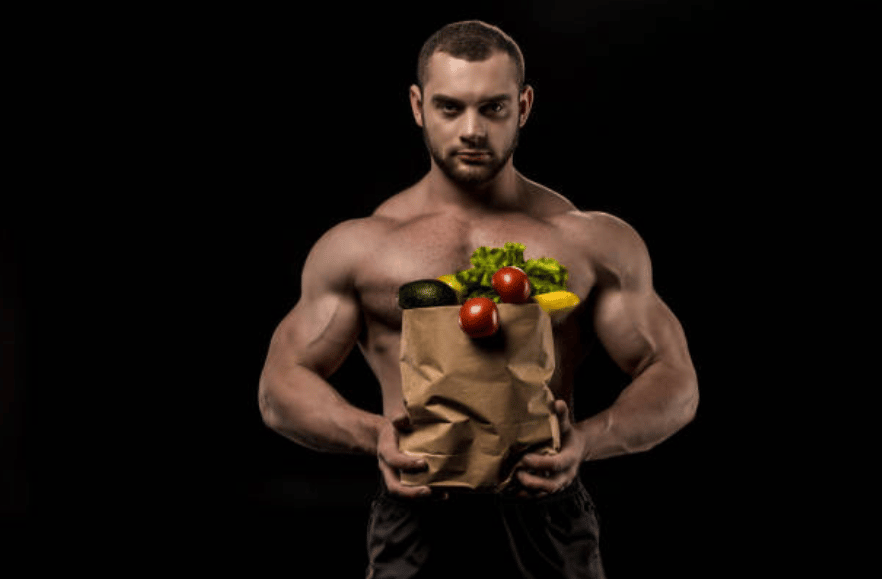Flexitarianism is a diet suitable for everyone as it meets the daily nutritional needs of each individual. Its goal is to help our body to better assimilate enzymes without overloading our body with proteins (proteins) or in foods that are too high in calories (too high in fat or carbohydrates)
What is the flexitarian diet?
It is the ideal food mode halfway between veganism and vegetarianism, with the possibility of eating meat but in a limited consumption. Hence the name flexitarianism.
In a world where cardiovascular diseases and cancers are spreading at a rapid pace, nutritionists have developed this process to balance the consumption of meat and fish in order to limit the spread of diseases but also to safeguard the ecosystem.
With this diet, all foods are consumed, but to a lesser extent for meat and fish, which are rationed to only twice a week. Eggs and dairy products, on the other hand, are the foods used daily. As for legumes, cereals and fruits and vegetables, there are no restrictions. Finally, the flexitarian diet is a food practice that is in fashion at the moment.
The advantages and disadvantages of this regime
Benefits:
Eating flexitarian allows for a smooth transition for those interested in vegetarianism and veganism. Many vegans or vegetarians have resorted to this way of eating in the beginning in order not to be deficient.
It is a diet that is accessible to all, since it does not require any particular restriction insofar as you can eat everything. The important thing is not to overeat red meat. White meat, which is much lower in lipids, is preferred, but its consumption should be limited to twice a week.
The preservation of the environment is a topical and urgent issue. Animal production requires costs, infrastructures, energy expenses and increases pollution as well as the emission of greenhouse gases. Limiting the consumption of animal flesh would bring a significant benefit to our environment and our health.
Disadvantages:
There are no disadvantages as such, since the daily intake thanks to this diet is complete, the only small drawback would be perhaps to be careful with the overconsumption of meat, but even in this, there are no real negative points since getting used to eating meat and fish twice a week is very reasonable for our health.
Why do people choose to follow flexitarianism?
Faced with the magnitude of the problems caused by pollution and global warming, nutritionists and scientists have developed this system that would allow us to feed the entire planet while safeguarding the ecosystem.
But also, according to the latest scientific studies, there is a sugar in red meat called Neu5Gc, which would increase the inflammation of body tissues. This phenomenon would be at the origin of cancerous diseases. However, it would be necessary to consume several kilos per day...
Moreover, the over-consumption of meat and fish would favour the hardening of the arteries, which would influence the increase of bad cholesterol, responsible for obesity and diabetes.
All these points are part of the reasons why more and more people are opting for this kind of diet.
It is also important to know how to fast in order to give the body time to recover, to assimilate all the food and nutrients but also to clean it. So this diet is undoubtedly a guarantee of good health, even if strictly speaking, it is not a question of fasting since we continue to consume food. But since the animal protein intake is low, it could be close to fasting one day a week for heavy meat eaters in a normal diet.
Looking for calibrated nutrition?
Is this diet compatible with weight training?
Do we all have to eat meat to get the protein we need to build muscle?
The answer is no.
Both red and white meat are foods that once digested increase the acidity in the body, added to the practice of a sport like bodybuilding, the acidity is multiplied by two.
To return to the norm, the body will have to draw on its mineral reserves, which will automatically lead to a deficiency.
The flexitarian diet is much more balanced and will not require the body to make too much effort to adjust after the end of a workout.
The search for proteins can then be done through foods rich in plant protein.
Except that to build muscle, it is important to have the right ratio of protein. Making a protein when you are vegan turns out to be a headache because if it is possible to do it easily, it will also bring carbohydrates, which does not go with all the objectives in muscle building. For example, during the dry period, it will be necessary to consume less.
However, if you eat meat twice and fish twice a week, you will have to find solutions for the consumption of vegetable proteins.
What are the consequences of this diet on the body?
Vegetable fibres allow the body to recover more quickly from fatigue. Its consumption also has a satiety effect since hunger will be less marked.
In terms of health, it is obvious that the ingestion of vegetable fibre reduces the risk of colorectal cancer. Not to mention that the fat intake is much lower, thus facilitating weight loss and a harmonization of the BMI.
Finally, the flexitarian meals composed of oilseedA high proportion of milk, dairy products and eggs are ideal for meeting protein requirements and helping muscles to rebuild faster.
What are the best foods to eat on a diet like this?
Pulses and dried fruits are very rich in vegetable proteins:
- Peanut butter called peanut butter
- Hemp seeds
- The nuts
- The lenses
- Soybeans
- Spirulina
- Chickpeas
- Pumpkin seeds
- Quinoa and many others
As a reminder, proteins are involved in the strengthening of muscle tissue, the construction and solidification of bones and skin.

DISCOVER MY E-BOOK OF RECIPES
What foods contain iron?
- Spinach
- The lenses
- Potatoes
- Red peppers
- Soybeans
- Beans
- The pumpkin
- The oranges
- Kiwis
- Cabbage
- Nettles
- Coconut
- Almonds
- Oats
- Apricots
Iron is an essential element of haemoglobin, which is essential for the transport of oxygen through the blood to irrigate the muscles.
Some ideas for meals and snacks
Meal idea for a workout:
- Breakfast: 2 eggs, 1 large glass of almond milk, 2 bananas, 150g of cereals.
- Lunch: 200g chicken leg, 200 grams brown rice, 100g lentils.
- Snack: Two slices of wholemeal bread with jam and butter
- Dinner: 150g of soybeans with vegetables
- Before going to sleep: a Greek yogurt
Shaker idea during workouts:
- A glass of soya milk
- A banana
- One tablespoon of peanut butter
- One tablespoon of linseed oil
- For those who are not afraid of the taste, add spirulina
Snack idea:
- 6 strawberries
- 15 raspberries
- 5 blueberries
- 150g of cottage cheese
- One teaspoon of maca
To conclude
Following a flexitarian diet is really the right method to ensure protein intake without deficiency or excess of fats and carbohydrates. All top athletes who are vegetarians have gone through this semi-vegetarian phase so that their bodies do not suffer a shock or become exhausted.
It is obvious that you need to be followed by a sports coach with knowledge of nutrition before starting such a conversion in one's diet, especially if one wants to become an athlete in bodybuilding or a confirmed practitioner.
Many athletes are afraid to take an interest in this way of life, yet it is becoming the most popular diet for athletes but also for people in general. Because the future of the planet is at stake today, thanks to this awareness in the less excessive consumption of animal meat, we significantly reduce the harmful effects on the fauna and flora.
Take a look at the sports training ?
Other articles to read :
The benefits of the sweet potato in bodybuilding
Mono diet in bodybuilding: good or bad?










